Football’s Domino Effect - How Major Tournaments Impact Domestic Leagues
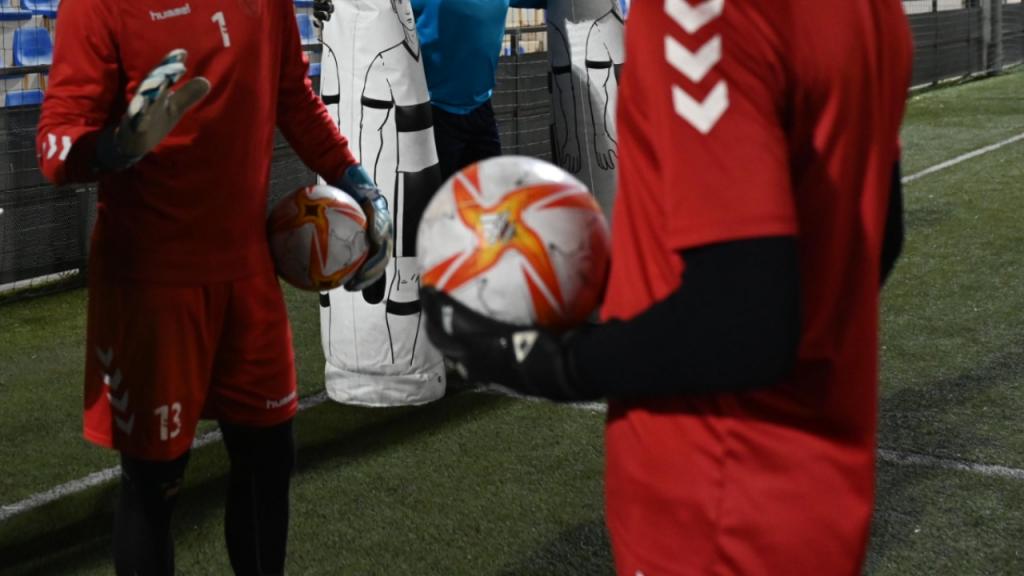
Football is undoubtedly one of the most beloved sports in the world, with millions of fans following their teams on different types of websites.
1 year ago
Football, the world's most beloved sport, comprises a dynamic network of international and domestic competitions where avid fans wager on teams they follow on websites like Vedonlyontiyhtiot.com that offer betting.
Major global tournaments, characterized by their universal appeal and significance, exert a profound influence on the footballing landscape. Beyond their evident allure and captivating matches, these events leave an indelible mark on domestic leagues.
One of the paramount repercussions stemming from major international tournaments on domestic leagues is the conspicuous surge in player transfers. Exemplary performances on the global stage thrust players into the spotlight, eliciting heightened interest from elite football clubs. Exceptional talents who captivate the international arena often experience a palpable escalation in their market valuation, thereby catalyzing intense competition among distinguished clubs vying for their recruitment.
A case in point is the 2018 FIFA World Cup, which witnessed the remarkable ascent of Croatian midfielder Luka Modrić. Following his pivotal role in leading Croatia to the final, Modrić secured a transfer to Real Madrid, where he has since assumed an indispensable role. Such high-profile transfers bear the potential to substantively recalibrate the competitive dynamics within domestic leagues, effectively redefining the equilibrium of power.
Major international tournaments, while affording lucrative opportunities for players, simultaneously introduce distinct challenges for domestic leagues. Foremost among these challenges are concerns associated with player fatigue and injury proneness. Players engaged in strenuous international competitions confront an elevated risk of physical exhaustion and injuries. Upon their return to domestic league fixtures, they may not attain their peak performance levels, precipitating discernible fluctuations in team performance.
Injuries sustained by key players can exert a profound impact on the fortunes of their respective clubs. A conspicuous illustration of this was evident in the case of Liverpool during the 2018 World Cup, where the absence of their Egyptian talisman, Mohamed Salah, due to injury, corresponded with a notable decline in their Premier League standing. In the face of these exigencies, clubs must adroitly manage their squad resources throughout the domestic season, employing judicious player rotation strategies to mitigate the inherent risks associated with injuries.
Major football tournaments amplify the visibility of domestic leagues, leading to a surge in fan engagement. With a global audience tuning in to witness international competitions and following fixtures to place bets, many football enthusiasts become acquainted with leagues and clubs they may not have previously followed. This newfound interest has the potential to lead to increased viewership and the expansion of the fan base for domestic leagues.
For example, the English Premier League has enjoyed worldwide recognition, partially attributable to the success of English players on the international stage. The popularity of players like Harry Kane and Raheem Sterling during the 2018 World Cup contributed to a surge in international fans supporting their respective Premier League clubs.
Managers of domestic football leagues frequently derive strategic insights from the tactical innovations showcased in major international tournaments. The adept strategic maneuvers exhibited by national teams wield a discernible impact on the tactical paradigms adopted by clubs participating in their respective domestic competitions. In response, managers are inclined to modify their tactical blueprints, including game plans and formations, based on the noteworthy accomplishments of national teams or the standout performances of particular players.
The tactical achievements of prominent teams such as Spain and Germany in recent tournaments, characterized by their possession-based football and high-pressing strategies, have exerted a discernible influence on the tactical metamorphosis of several domestic clubs. Consequently, this influence has precipitated a proliferation of diverse playing styles within the domestic leagues.
Significant international tournaments serve as a wellspring of inspiration for burgeoning talents in the realm of football. The exceptional performances exhibited by emerging prodigies on the global stage can stimulate heightened investments in youth academies and development programs. Football clubs are thus incentivized to intensify their endeavors in the identification and cultivation of these nascent talents, with the overarching goal of nurturing the forthcoming generation of football luminaries.
The emergence of young prodigies, exemplified by the likes of Kylian Mbappé and Matthijs de Ligt during the 2018 World Cup, played a pivotal role in steering football clubs towards a renewed emphasis on youth development. This recognition stems from an appreciation of the vast potential inherent in nurturing homegrown players.
Major international football tournaments set in motion a multifaceted series of events that reverberate across the tapestry of both international and domestic football landscapes. While these tournaments furnish an indispensable platform for players to demonstrate their exceptional abilities and elevate their public profiles, they simultaneously introduce challenges, such as player fatigue and vulnerability to injuries. In navigating this intricate interplay, domestic leagues, football clubs, and devoted enthusiasts must adapt to the continually evolving footballing panorama molded by these seminal tournaments.
Major global tournaments, characterized by their universal appeal and significance, exert a profound influence on the footballing landscape. Beyond their evident allure and captivating matches, these events leave an indelible mark on domestic leagues.
One of the paramount repercussions stemming from major international tournaments on domestic leagues is the conspicuous surge in player transfers. Exemplary performances on the global stage thrust players into the spotlight, eliciting heightened interest from elite football clubs. Exceptional talents who captivate the international arena often experience a palpable escalation in their market valuation, thereby catalyzing intense competition among distinguished clubs vying for their recruitment.
A case in point is the 2018 FIFA World Cup, which witnessed the remarkable ascent of Croatian midfielder Luka Modrić. Following his pivotal role in leading Croatia to the final, Modrić secured a transfer to Real Madrid, where he has since assumed an indispensable role. Such high-profile transfers bear the potential to substantively recalibrate the competitive dynamics within domestic leagues, effectively redefining the equilibrium of power.
Major international tournaments, while affording lucrative opportunities for players, simultaneously introduce distinct challenges for domestic leagues. Foremost among these challenges are concerns associated with player fatigue and injury proneness. Players engaged in strenuous international competitions confront an elevated risk of physical exhaustion and injuries. Upon their return to domestic league fixtures, they may not attain their peak performance levels, precipitating discernible fluctuations in team performance.
Injuries sustained by key players can exert a profound impact on the fortunes of their respective clubs. A conspicuous illustration of this was evident in the case of Liverpool during the 2018 World Cup, where the absence of their Egyptian talisman, Mohamed Salah, due to injury, corresponded with a notable decline in their Premier League standing. In the face of these exigencies, clubs must adroitly manage their squad resources throughout the domestic season, employing judicious player rotation strategies to mitigate the inherent risks associated with injuries.
Major football tournaments amplify the visibility of domestic leagues, leading to a surge in fan engagement. With a global audience tuning in to witness international competitions and following fixtures to place bets, many football enthusiasts become acquainted with leagues and clubs they may not have previously followed. This newfound interest has the potential to lead to increased viewership and the expansion of the fan base for domestic leagues.
For example, the English Premier League has enjoyed worldwide recognition, partially attributable to the success of English players on the international stage. The popularity of players like Harry Kane and Raheem Sterling during the 2018 World Cup contributed to a surge in international fans supporting their respective Premier League clubs.
Managers of domestic football leagues frequently derive strategic insights from the tactical innovations showcased in major international tournaments. The adept strategic maneuvers exhibited by national teams wield a discernible impact on the tactical paradigms adopted by clubs participating in their respective domestic competitions. In response, managers are inclined to modify their tactical blueprints, including game plans and formations, based on the noteworthy accomplishments of national teams or the standout performances of particular players.
The tactical achievements of prominent teams such as Spain and Germany in recent tournaments, characterized by their possession-based football and high-pressing strategies, have exerted a discernible influence on the tactical metamorphosis of several domestic clubs. Consequently, this influence has precipitated a proliferation of diverse playing styles within the domestic leagues.
Significant international tournaments serve as a wellspring of inspiration for burgeoning talents in the realm of football. The exceptional performances exhibited by emerging prodigies on the global stage can stimulate heightened investments in youth academies and development programs. Football clubs are thus incentivized to intensify their endeavors in the identification and cultivation of these nascent talents, with the overarching goal of nurturing the forthcoming generation of football luminaries.
The emergence of young prodigies, exemplified by the likes of Kylian Mbappé and Matthijs de Ligt during the 2018 World Cup, played a pivotal role in steering football clubs towards a renewed emphasis on youth development. This recognition stems from an appreciation of the vast potential inherent in nurturing homegrown players.
Major international football tournaments set in motion a multifaceted series of events that reverberate across the tapestry of both international and domestic football landscapes. While these tournaments furnish an indispensable platform for players to demonstrate their exceptional abilities and elevate their public profiles, they simultaneously introduce challenges, such as player fatigue and vulnerability to injuries. In navigating this intricate interplay, domestic leagues, football clubs, and devoted enthusiasts must adapt to the continually evolving footballing panorama molded by these seminal tournaments.

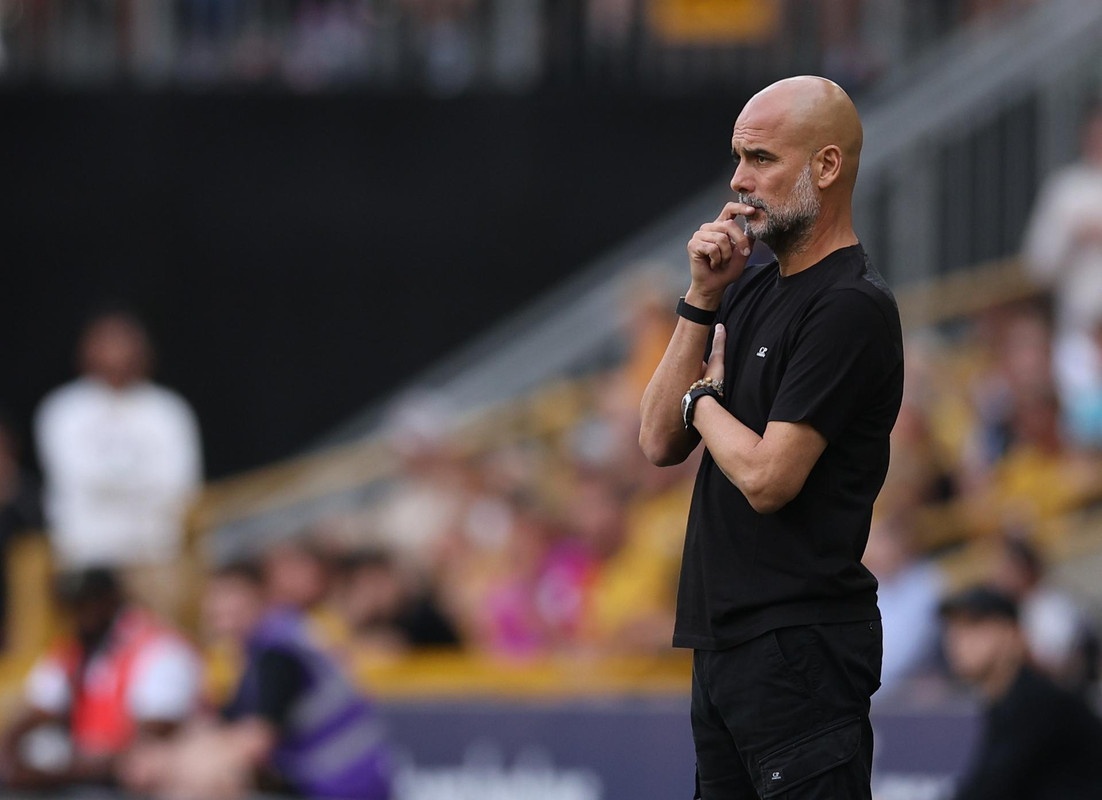
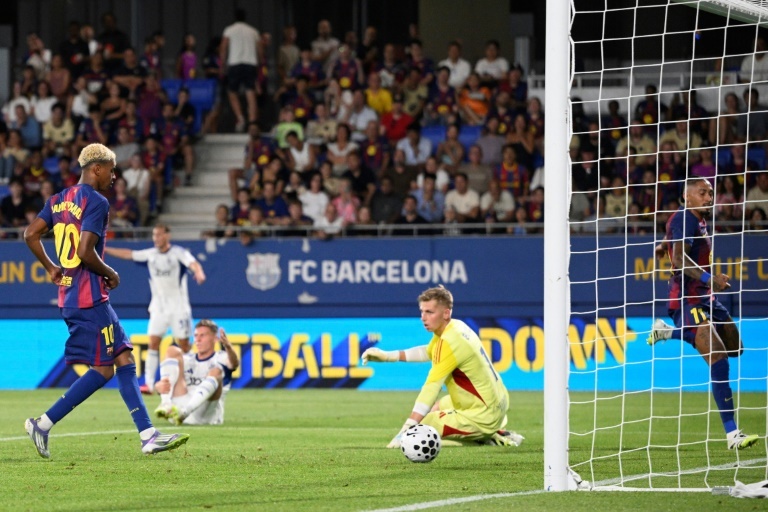
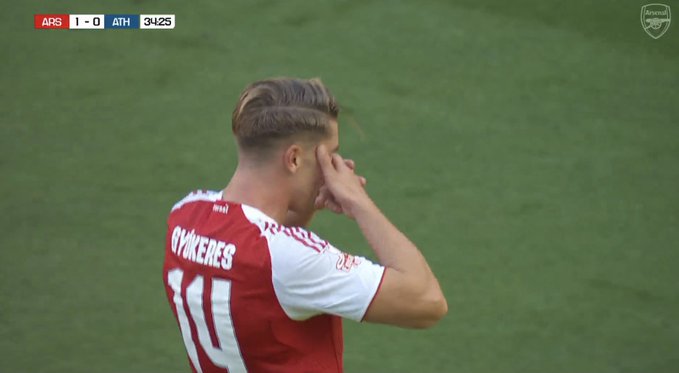
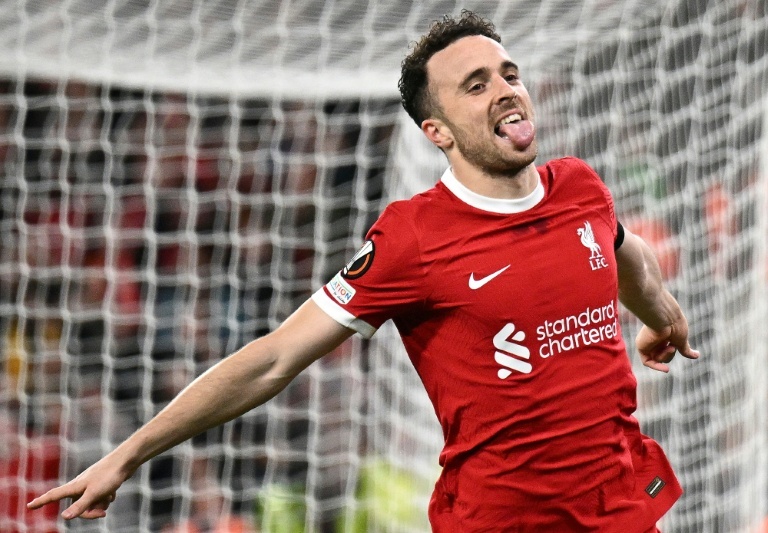
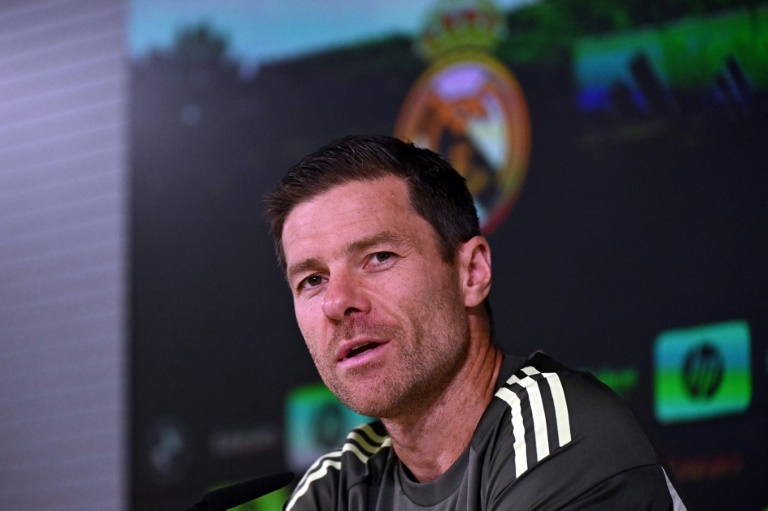
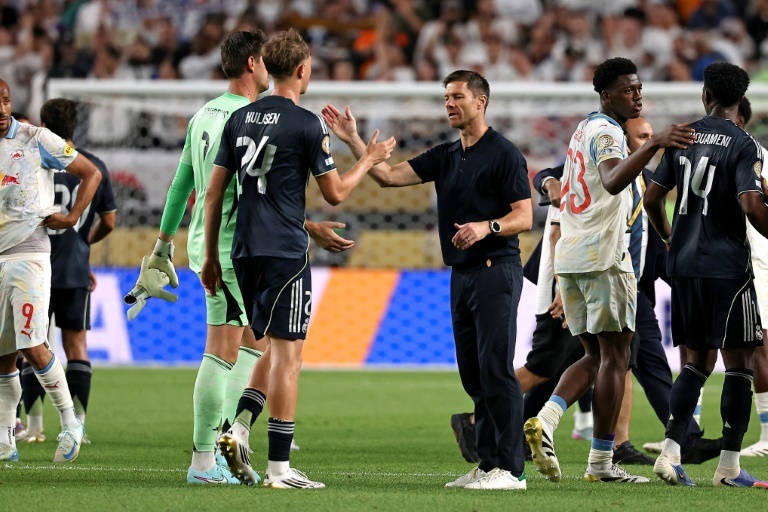
Comments